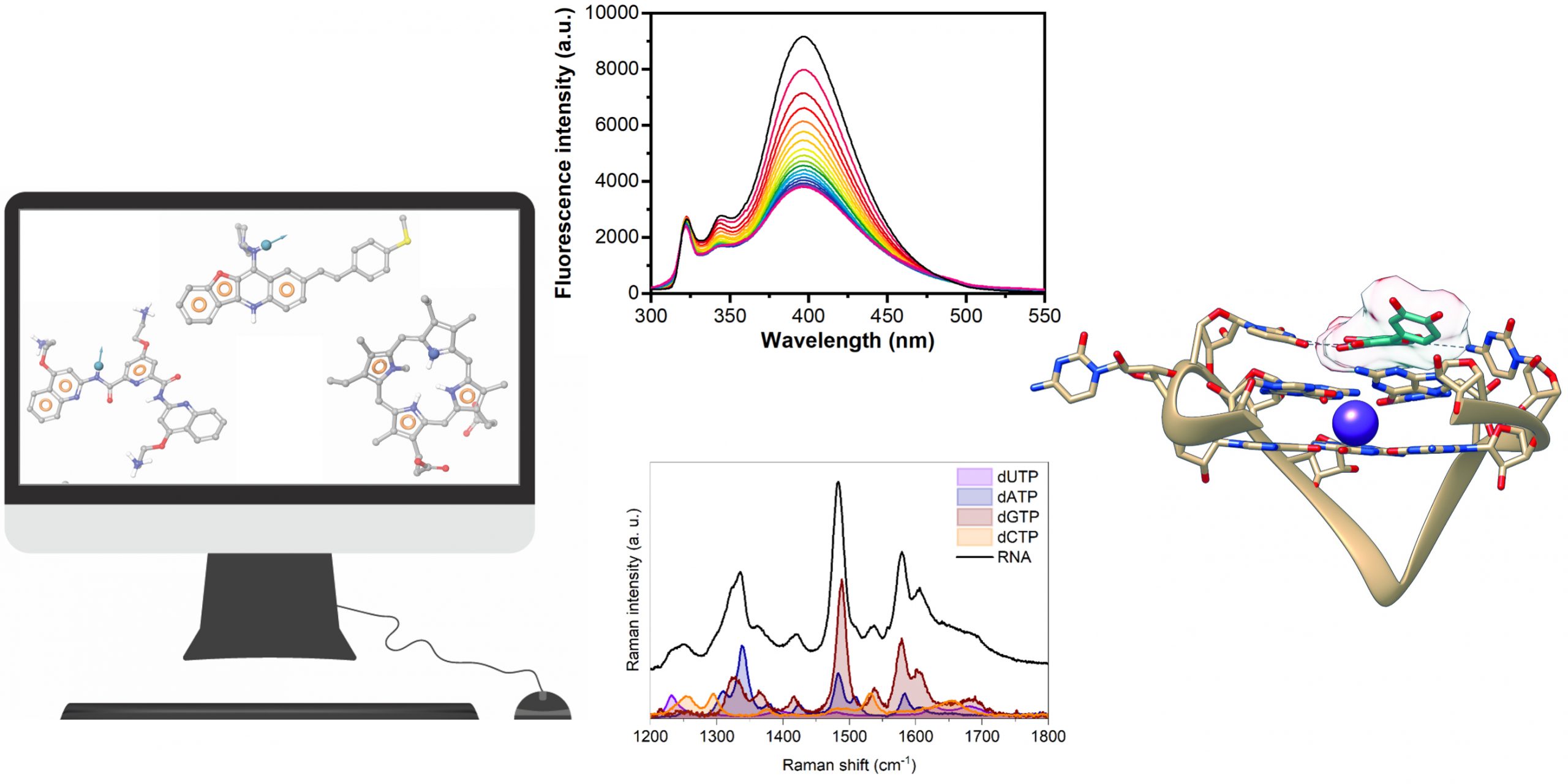PRESS RELEASE: Scientists identify new drugs against SARS-CoV-2
LocationTrieste (IT)
The COVID-19 pandemic, as well as the incredible scientific results achieved in the last two years, will be imprinted the human memory for a long time. Thanks to vaccines, we’re living a normal life, even though the pandemic is not over yet. However, the research for new drugs against COVID is still an urgent matter. A recent study published in the scientific journal Chemical Communications, edited by the Royal Society of Chemistry, has identified three drugs that can be employed to treat SARS-CoV-2 infections. The study was realised with the collaboration of the Central European Research Infrastructure Consortium (CERIC-ERIC), based in Trieste, Italy.
Three young professors from the University of Napoli “Federico II”, Jussara Amato, Bruno Pagano, and Federica Moraca, applied, together with their co-authors, an innovative approach. “We realised a virtual screening of existing drugs employing computational methods, which are fast and low cost. The screening was applied to drugs already approved by the Food and Drug Administration (FDA) that might be effective against SARS-CoV-2” says Jussara Amato. Another innovative aspect of this research regards the drug’s target. “Most antivirals are directed against surface proteins, while we focused on the SARS-CoV-2 genome. The viral RNA is, in fact, capable of folding into specific structures called G-quadruplexes, which in recent years have been thoroughly studied as a potential therapeutic target” adds Bruno Pagano. The screening identified three molecules, already approved by the FDA, which could interact with the SARS-CoV-2 genome.

With the contribution of CERIC, the authors could also access the IUVS beamline at the Italian CERIC partner facility, the Elettra synchrotron in Trieste. “UV-based Raman spectroscopy studies allowed us to investigate how drugs bind to the RNA structures of the virus, while further in vitro experiments demonstrated that the screened drugs could effectively interfere with the replication of SARS-CoV-2”, claims Jussara Amato.
Such a significant result lays the basis for future clinical studies aiming to evaluate the antiviral activity of such drugs. “Our approach might result impactful for targeting viral RNA, even beyond SARS-CoV-2”, concludes Bruno Pagano.
CERIC-ERIC is a multidisciplinary research infrastructure established by the European Commission in 2014. It’s open for users in all fields of materials and biomaterials sciences, and nanotechnology. With a single-entry point to some of the leading national research infrastructures in 8 European countries, it allows structural investigation, analysis and synthesis of materials, using photon-, electron-, neutron- and ion-based techniques. CERIC enables the delivery of innovative solutions to societal challenges in the fields of energy, health, food, cultural heritage and more.
PRESS FOLDER: https://drive.ceric-eric.eu/d/4e06a9a498c64c5b981f/
• PDF of the press release;
• Picture of the authors;
• Video simulation of one of the drugs (Netarsudil) interacting with viral RNA;
• Graphic description of the research work (.JPEG & .TIFF).
CONTACTS: CERIC-ERIC Press Office: press@ceric-eric.eu
Davide Montesarchio, davide.montesarchio@ceric-eric.eu, +39 3349024929



